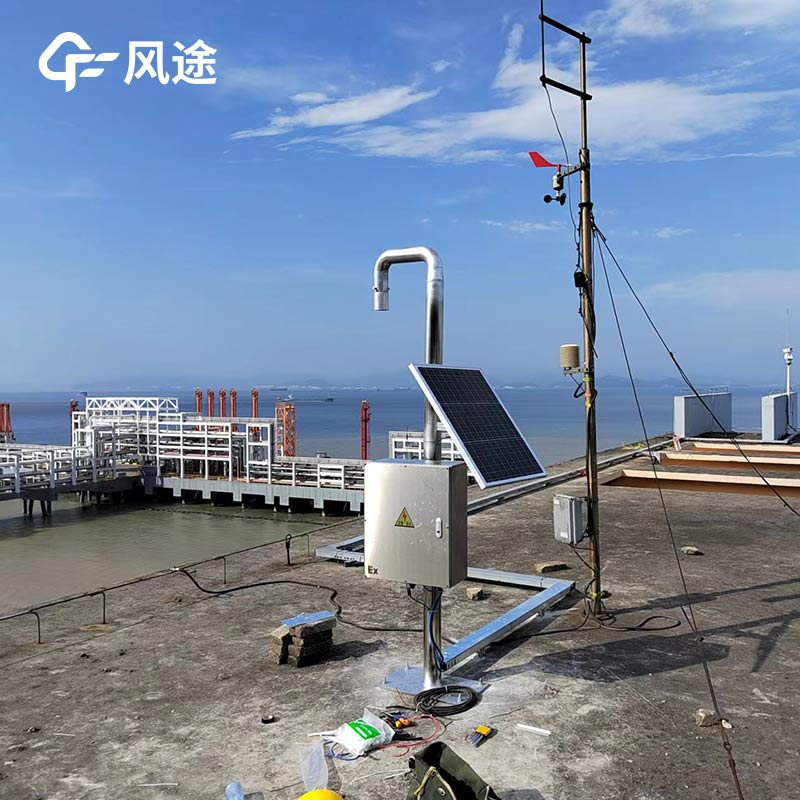In the oil and gas storage field, lightning poses a serious threat to industry safety. To effectively prevent lightning disasters and ensure the safety of large - scale oil and gas storage enterprises and specific oil depots, the proper setting and effective operation of the Lightning Warning System are of great importance.
According to relevant regulations in China, large - scale oil and gas storage enterprises, such as crude oil depots with a single - tank capacity of not less than 100,000 m³ and a total storage capacity of not less than 1,000,000 m³, refined oil depots with a single - tank capacity of not less than 5,000 m³ and a total storage capacity of not less than 50,000 m³, liquefied natural gas receiving stations with a single - tank capacity of not less than 10,000 m³ and a total storage capacity of not less than 100,000 m³, liquefied petroleum gas storage enterprises with a single - tank capacity of not less than 1,000 m³ and a total storage capacity of not less than 10,000 m³, as well as oil depots above Grade II located in multi - lightning areas (with an average annual thunderstorm day count greater than 40 days and not exceeding 90 days) or strong - lightning areas (with an average annual thunderstorm day count exceeding 90 days), are all required to install a Lightning Warning System. In addition, oil depots set on the tops of mountains (hills) in multi - lightning and strong - lightning areas should also be considered for equipping this system.
It should be noted that the Lightning Warning System cannot replace lightning protection devices, and both are part of the lightning protection system. The Lightning Warning System mainly consists of a lightning detection module, a data processing module, and an application terminal. Among them, the lightning detection module is equipped with lightning - strike - resistant and over - voltage protection measures to ensure its stable operation in harsh environments. This system has a number of key functions. It can not only monitor the characteristic parameters of ground lightning in real - time but also provide lightning approaching warnings, including detailed information such as lightning warning levels, time, area, and warning cancellation. At the same time, it supports the statistics and query of lightning historical data.
The lightning warning process includes the start, duration, and end stages of the warning, and the advance warning time is not less than 10 minutes, with an average effective alarm rate of not less than 80%. This set of warning mechanisms can strive for precious response time for relevant enterprises and units in the face of lightning threats, and can also minimize the losses brought by lightning disasters, safeguarding the safe and stable operation of oil and gas storage facilities.

Article address:https://www.sqqx.net/en/news/555.html

 +86 15898932201
+86 15898932201



